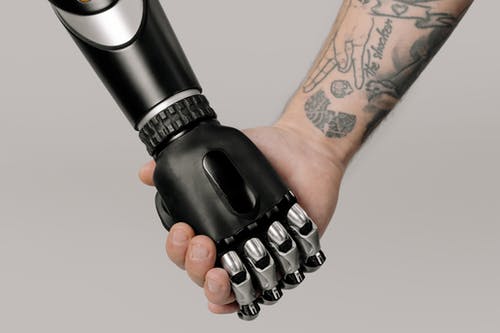The COVID-19 crisis exposed the inefficiencies of legacy business models. It also challenged the very survival of businesses that rely on manual operations. This forced businesses to accept the importance of automation for ensuring business resilience, agility and growth.
The Everest Group touted that the global Robotic Process Automation (RPA) software market surpassed US$1.2 billion at the end of 2019, posting a healthy year-on-year pre-pandemic growth of over 75%. Although the pandemic slowed growth in 2020, the Everest Group expects RPA adoption to experience a significant uptick coming out of the crisis.
Driven by pent-up demand for automation, the RPA market will grow at a CAGR of 45-50% over the next two years, predicted the Everest Group.
The report, An Evolving Digital Workforce to Assist Humans – Robotic Process Automation (RPA) State of the Market Report 2021, noted that RPA has been a key enabler for organizations in reducing costs, improving operational efficiency and quality, increasing workforce productivity, enhancing customer and employee experience, and realizing quicker time-to-value.
RPA is a burgeoning market, rapidly evolving in terms of product features, deployment options, product architecture, training and support, partner ecosystem, and commercial models. The Everest Group cautioned that investing in RPA is not enough – selecting the right enterprise-grade RPA technology partner is critical to success.
Other findings:
- RPA adoption is being driven by factors beyond cost savings. There is a greater focus on improving operational efficiency and enhancing customer experience.
- Vendors have increased their focus on developing and enhancing the online training portal and support forum to overcome travel restrictions due to the pandemic.
- Deployments on the cloud are rapidly gaining traction. To help enterprises reap the full benefits of the cloud, RPA vendors are rearchitecting their products into a cloud-native architecture based on loosely coupled containerized microservices that can scale independently.
- Merger and acquisition activities will further intensify, with several large tech players entering the vendor landscape. The entry of big-tech players drives unlimited usage-based pricing models, exerting downward pricing pressure on the market.
- Automation Anywhere, Blue Prism and UiPath will continue to dominate the market in terms of RPA software revenue. NICE, Pega and UiPath are the top vendors in terms of RDA/attended RPA license revenue.





